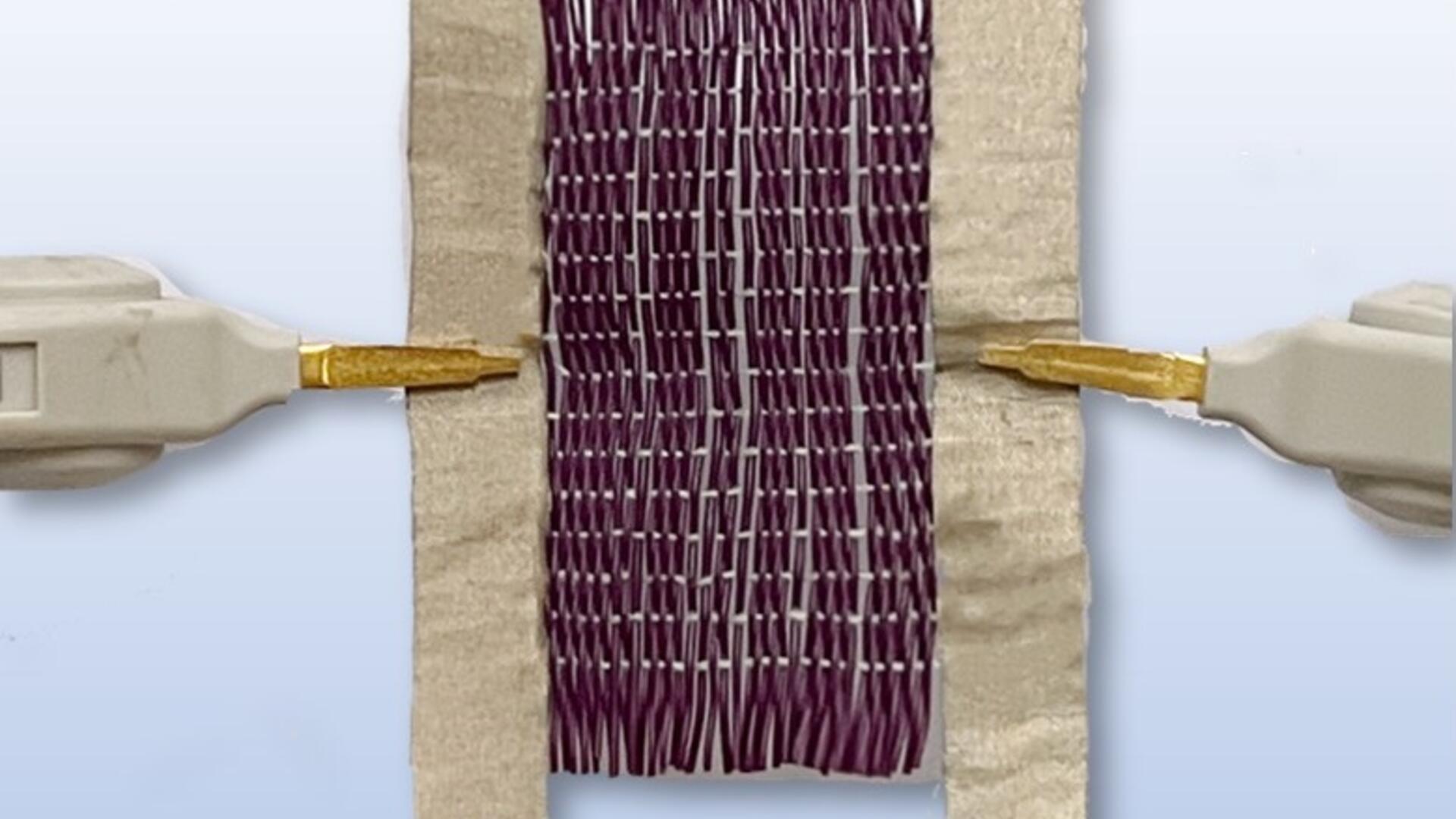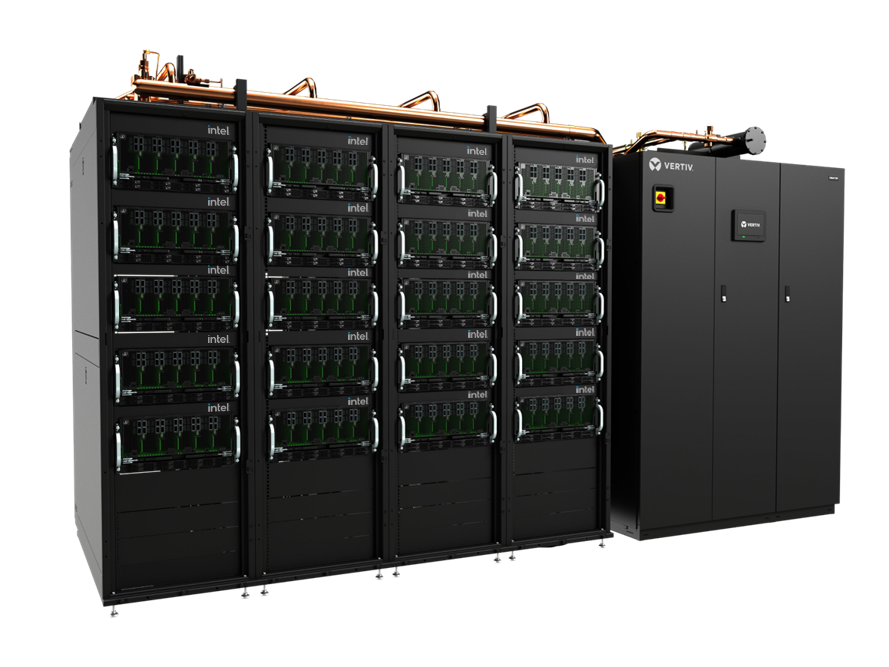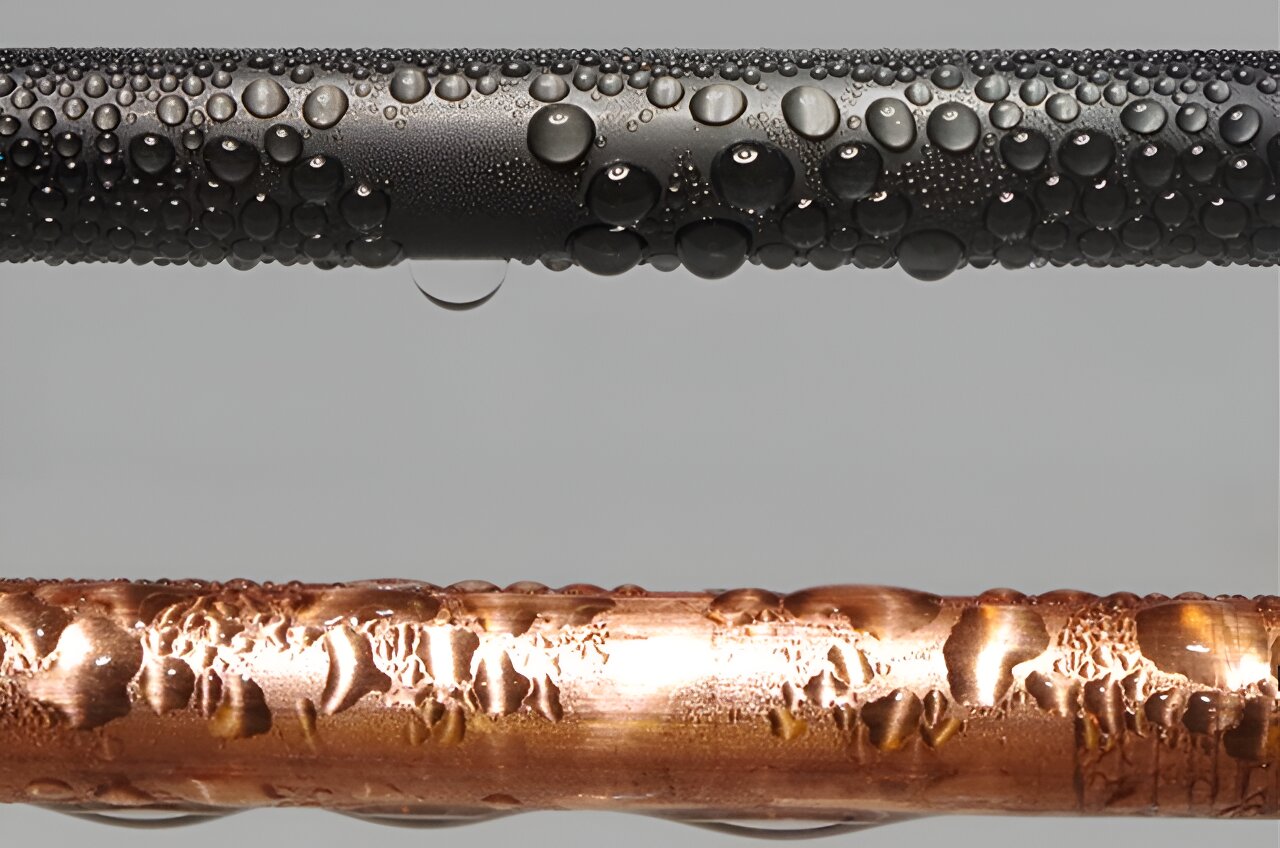Recently, researchers at the University of Waterloo have announced the development of a new smart material with a dual-response feature, shape-memory and color-changing. The unique design is expected to pave the way for a wide variety of potential applications in the coming days.
Stimuli-responsive Materials (SRMs) are a novel category of smart materials. They can change their certain properties in response to an external stimulus such as heat, light, pH, moisture, electric, and magnetic fields. Nowadays, most studies have been mainly focusing on single-responsive materials, including shape-memory or color-changing abilities.
What Are Stimuli-responsive Materials All About?
The most important mission is how to design and engineer multi-SRMs to take them a step forward in today’s modern technology. Thus, multi-stimuli-responsiveness can be grounds for more new functions in smart systems such as camouflage, bionics, actuators, and sensors.
As a classic category of smart materials, shape memory polymers (SMPs) can fix at least one temporary shape and recover their permanent shape by using specific stimuli. The novel fabric design is a product of soft and hard materials, featuring a combination of highly engineered polymer composites and stainless steel in a woven structure.
With a device similar to a traditional loom to weave the smart fabric created by the University of Waterloo’s Professor Milad Kamkar and his colleagues, it makes an extremely versatile process, allowing design freedom and macro-scale control of the fabric’s properties.
In addition, the fabric can also be activated by a lower voltage of electricity than previous systems, making it more energy-efficient and cost-effective. On the other hand, lower voltage also allows integration into smaller, more portable devices, making it suitable for use in biomedical devices and environment sensors.
The Future of SRMs
SMPs have low cost and ease of processability rather than other traditional shape memory materials like alloys or ceramics. In addition, thermally induced SMPs have the advantage of a wide response temperature range. Because of their versatility, SMPs have been used in biomedicine, actuators, bionics, and aerospace fields.
Not only that, it also has almost infinite potential in AI, robotics, and virtual reality games and experiences. As a result, you can imagine that your clothing warms up while you walk from the car to the office in winter or vehicle bumpers can return to their original shape after collision.







